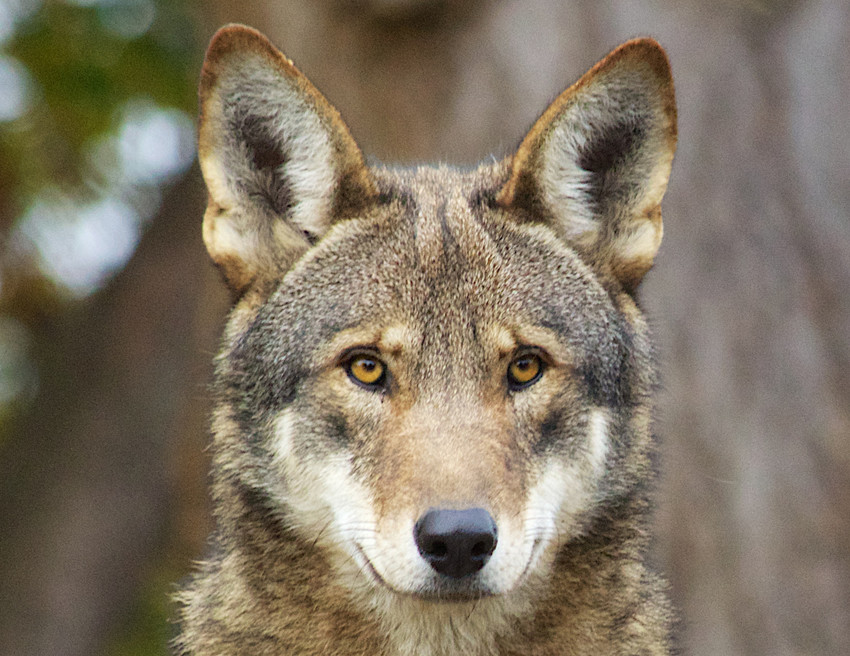The Red Wolves Are Endangered
Red Wolf
May 22, 2018
California Red Wolves are getting closer and closer to becoming extinct – there are only 40 wolves left in the wild. The entire Red Wolf population is estimated to go into extinction in 8 years.
The Red Wolves are one of two North American wolves that roam the continent, the other being the Grey Wolves. The Red Wolves, named after their unique color, are smaller than the Grey Wolves, weighing an average of forty to fifty pounds. They prey on a variety of small animals including rabbits, raccoons, and small deer. Red Wolves have their pups in April and May, and raise the litters of about six together as a pack.
Red Wolves were put on the endangered species list in 1967, and in 1973 the U.S. Fish and Wildlife Service set up a captive-breeding program to save them. Out of the 400 wolves held in captivity, forty-three were found as Red Wolves and only 17 were true Red Wolves. In 1977, the wolves had their litters and biologists took care of them to make sure the pups were not to become dependent on man.
In 1987, four pairs of Red Wolves were reintroduced into the wild, and the colony in California hit about 120 to 130 in 2006. The number has now dropped to forty. Hunters and car collisions are the main cause of the decrease in the population; disease and inbreeding with coyotes are also is a contributing factor.
“Time is running out for Red Wolves,” said Collette Adkins, a biologist and attorney for Center for Biological Diversity. “We need to move fast if we’re going to keep them from disappearing forever.”
There are four steps you can take to save the red wolves from extinction:
- Adopt a Wolf Pack and the proceeds will go to help for the Red Wolves.
- Take action by visiting centers and other various organization websites.
- Speak up and become an advocate for wildlife.
- Stay informed with updates on the Red Wolves and their population size.
We must act now if we hope to save these majestic creatures, or we will lose one of the two wolf populations in North America. Ronald Reagan said it best with, “We can’t help everyone, but everyone can help someone.”












